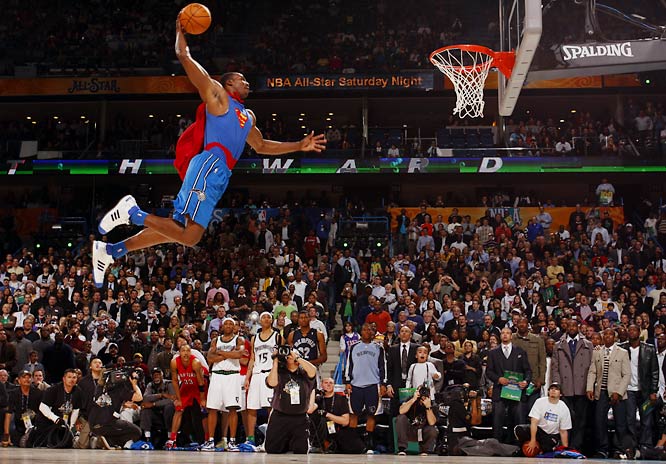Sports
How To Increase Vertical Leaps?

Increasing our vertical leap shouldn’t be a mystery. Many people wonder how athletes with thick muscular legs could jump so high, while others with long, skinny legs can’t do the same. In reality, each athlete is different and we need to perform training based on their individual abilities. Many people are seeking for that one magical exercise and workout that could make them a real superstar. However, things may not be that straightforward and we should understand how our body could work. It is actually possible to come up with an effective and intelligent training plan.
According to the law of physics, the height of a projectile is determined by the velocity of its center of mass when it leaves the ground. They higher the velocity the longer it takes for the projectile to be stopped completely mid-air by the gravity. Human can be compared to projectile and its initial velocity will determine its final height. So, the basic concept is quite easily, we only need to increase the initial velocity of our body’s center of mass. For example, we need to make our leg muscles stronger, so they can release more force to propel our body. This could mean that we need to do specific exercises.
However, this is true only to an extent and making our body capable of jumping higher isn’t quite that easy. In reality, our vertical jump capability is determined by tendons, other associated muscles and our nerve abilities. Our first aim should be to gain the maximum strength and we should be able to exert as much force as possible. We can train our muscles with resistance training sessions and many people are familiar with such training. One example of resistance training is back squat and it could directly enhance our vertical jump performance. The next ability that we need to train is acceleration or the “explosiveness” of our muscles.
It should be noted that our muscles need some time to fully activate all the required muscles to do specific jobs. That’s the reason that it takes time to jump higher. Elastic strength is the third ability we need to increase vertical jump. It is related to our ability to store energy in our tendons and muscles. Human body usually performs a type of countermovement before it begins a powerful motion, so it could take advantage of the elastic strength. After understanding all these theories, we should perform exercises to strengthen all components needed to ensure higher vertical jumps.
In general, vertical jump training sessions should be designed based on our individual weaknesses and strengths. It is not a good idea to try to apply a single program to everyone and think that we would get specific results. A successful training plan should take into consideration all factors needed for vertical jump performance. Athletes need to evaluate themselves so they will know how to benefit from a training session.
-

 Tech11 years ago
Tech11 years agoCreating An e-Commerce Website
-

 Tech11 years ago
Tech11 years agoDesign Template Guidelines For Mobile Apps
-

 Business6 years ago
Business6 years agoWhat Is AdsSupply? A Comprehensive Review
-

 Business10 years ago
Business10 years agoThe Key Types Of Brochure Printing Services
-

 Tech8 years ago
Tech8 years agoWhen To Send Your Bulk Messages?
-

 Tech5 years ago
Tech5 years ago5 Link Building Strategies You Can Apply For Local SEO
-

 Law5 years ago
Law5 years agoHow Can A Divorce Lawyer Help You Get Through Divorce?
-

 Home Improvement6 years ago
Home Improvement6 years agoHоw tо Kеер Antѕ Out оf Yоur Kitсhеn































